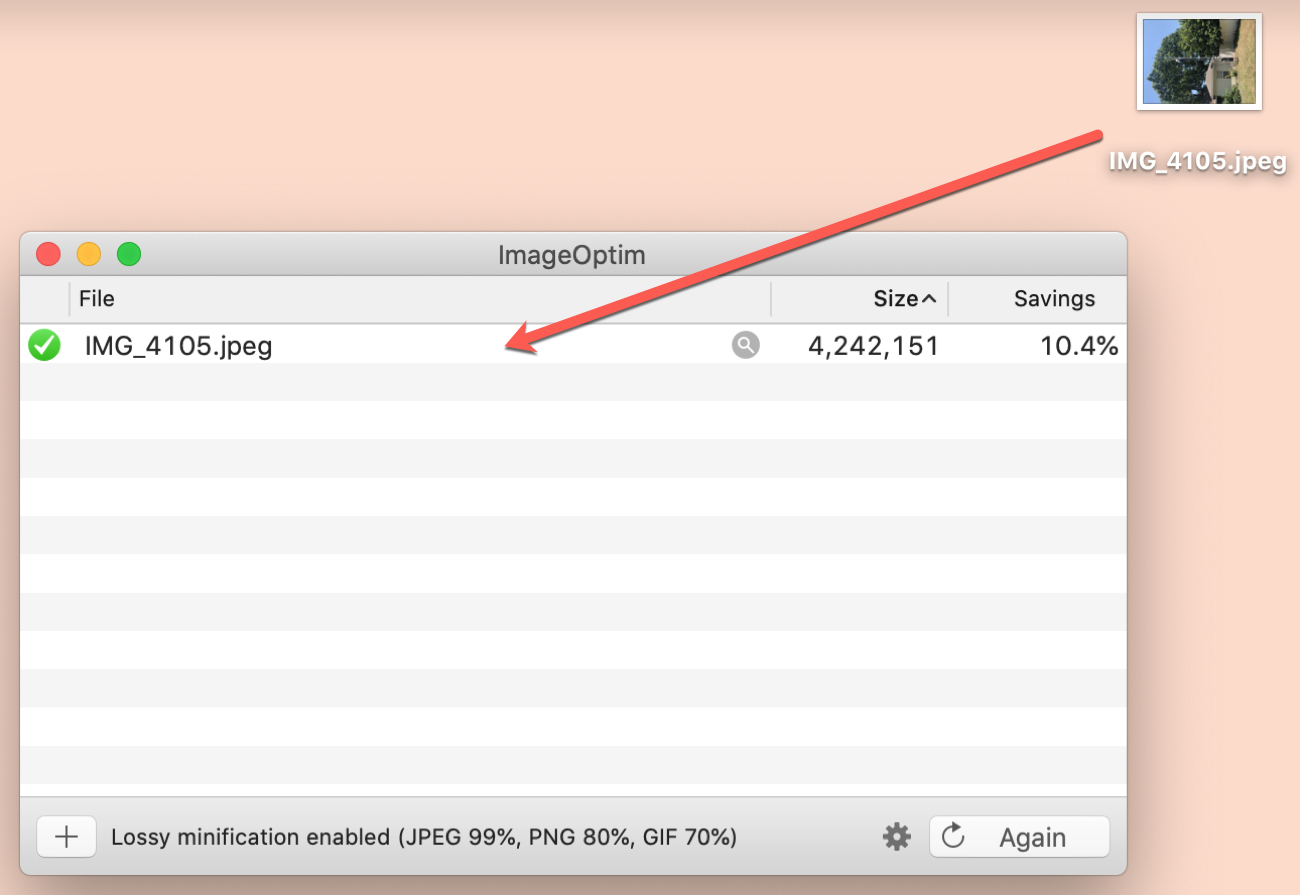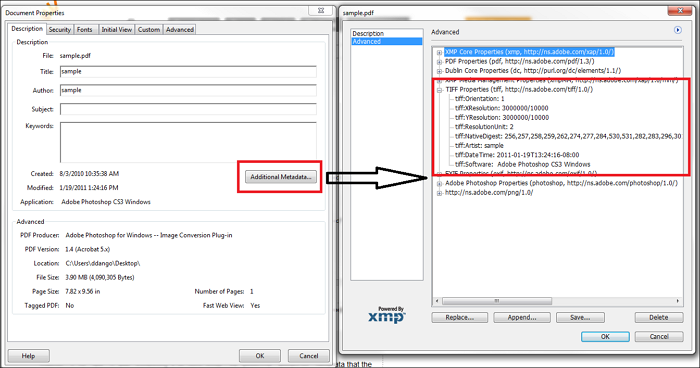

- ERASE METADATA FROM WORD FOR MAC HOW TO
- ERASE METADATA FROM WORD FOR MAC PDF
- ERASE METADATA FROM WORD FOR MAC INSTALL
- ERASE METADATA FROM WORD FOR MAC CODE
ERASE METADATA FROM WORD FOR MAC PDF
In addition to metadata editing features, you can also use Adobe Reader to edit PDF files in many ways. Furthermore, it contains valuable capabilities such as importing and exporting metadata from a file to a PDF and vice versa. If you need to modify or create your PDF's metadata, Adobe Reader makes it possible to change the title, subject, author, producer, and keywords in any PDF document. It lets you change a PDF document's properties as well as information.

ERASE METADATA FROM WORD FOR MAC HOW TO
How to Edit or Remove Metadata in PDF on Windows and Macįor Windows and Mac users, Adobe Acrobat is a great PDF metadata viewer and editor.

It includes additional file information that is necessary for the PDF's identification and accessibility. Isn't that inconvenient? This is precisely what a PDF document's metadata can prevent. This would force you to open it to see what it is about. Consider what it would be like if you could only see a website's name in Google without any additional description. This will allow you to identify what the PDF is about without opening it, and also, you can search for a PDF by using keywords. To put it another way, PDF metadata contains additional information and attributes of a PDF document. This data is included in a PDF document's searchable fields, which means you may find it using any PDF search tool. For example, metadata consists of the title, author, subject, keywords, and copyright information. Metadata is the group of important information regarding your PDF file. Related: convert PNGs to ICO in context menu.PAGE CONTENT: What is PDF Metadata How to Edit or Remove Metadata in PDF on Windows and Mac How to Edit and Strip Metadata from PDF Online How to View PDF Metadata with EaseUS PDF Editor What is PDF Metadata PNG-Minify.reg Windows Registry Editor Version to minified to\\convert.exe\" -background none -strip -set filename:n \"%%t\" \"%1\" \"%%.png\"" (using ImageMagick, changes data overwriting original file)Ĭonvert -background none -strip -set filename:n "%t" image.png "%.png" JPG-RemoveExif.reg Windows Registry Editor Version to\\exiftool.exe\" -all= \"%1\""įor PNG files: command " Convert to minified PNG" (using ExifTool, preserves original file as backup)
ERASE METADATA FROM WORD FOR MAC INSTALL
Hint for convenience: If you are on Windows, you can apply a REG file to the registry, to install an entry in the context menu, so you can easily remove metadata by right-clicking the file and selecting the command.įor example (remember to edit the paths to point to where the executables are installed on your computer):įor JPEG,JPG,JPE,JFIF files: command " Remove metadata" Call me old fashioned, but when I remove something from a file, I want a file size the be smaller if not the same size. This leads me to believe that Imagemagick is encoding the data you want stripped away, and is storing it somewhere else in the file. If your image file uses little endian, some adjustments need to be made.ģ) When trying to use ImageMagick to strip exif data, I noticed that I ended up with a larger file than what I started with. Nikon has information after this which my program truncates.Ģ) Because this is for Nikon format, it assumes big endian byte order. Normally image programs read up to the first EOI marker found. They encode this data on to the end of the image file by creating a second EOI marker. Nikon's JPEG format adds somthing to the very end of each file it creates.
ERASE METADATA FROM WORD FOR MAC CODE
The code below does the following:ġ) Gets the current orientation of the image.Ģ) Removes all data contained in APP1 (Exif data) and APP2 (Flashpix data) by blanking.ģ) Recreates the APP1 orientation marker and sets it to the original value.Ĥ) Finds the first EOI marker (End of Image) and truncates the file if nessasary.ġ) This program is used for my Nikon camera.


 0 kommentar(er)
0 kommentar(er)
